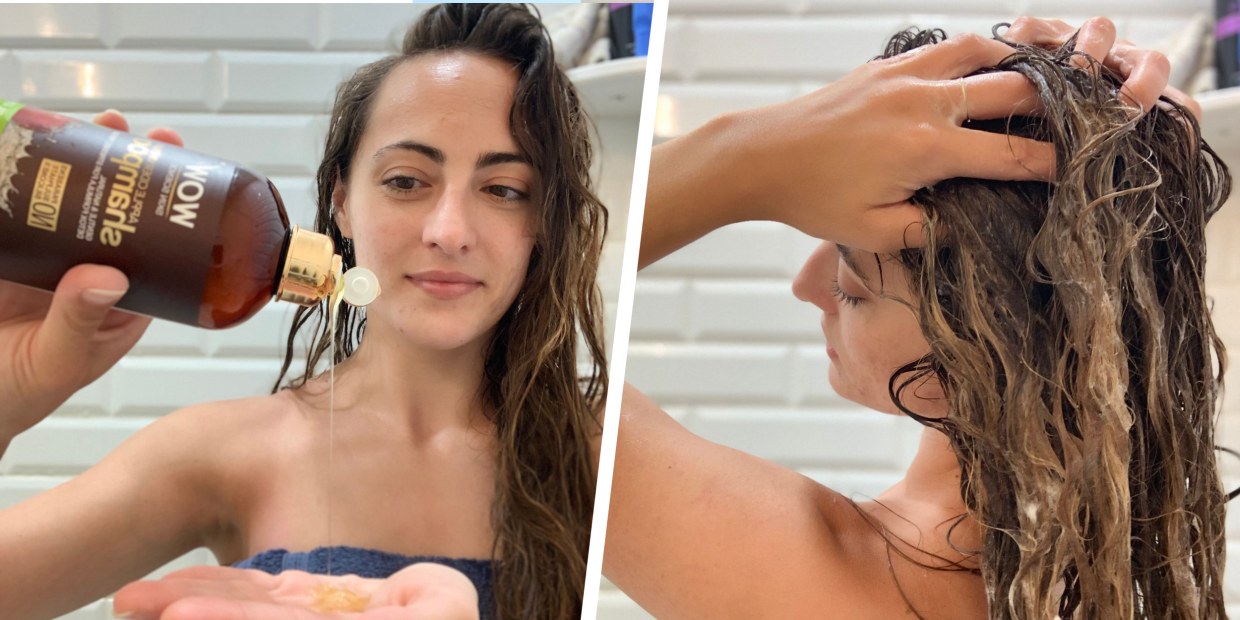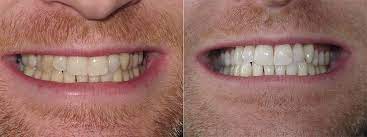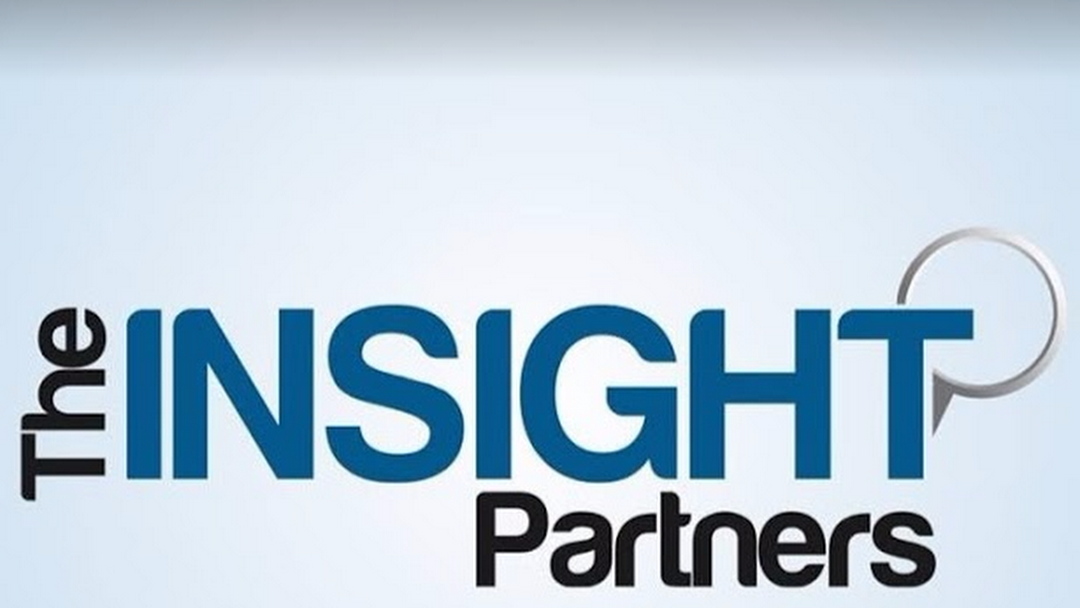Bleach is a powerful chemical that can be used to lighten the color of hair. It works by breaking down the melanin in the hair, which is the pigment that gives hair its color. However, bleach can also damage the hair shaft, which can lead to breakage and hair loss.
How does bleach damage hair?
Bleach works by opening up the hair cuticle, which is the outer layer of the hair shaft. This allows the bleach to penetrate the hair shaft and break down the melanin. However, opening up the hair cuticle also makes the hair more vulnerable to damage.
Bleach can damage the hair shaft in a number of ways, including:
- Protein loss: Bleach can damage the proteins in the hair shaft, which can make the hair weak and brittle.
- Bond breakage: Bleach can also break the disulfide bonds that hold the hair shaft together. This can make the hair more likely to break.
- Moisture loss: Bleach can also strip the hair of its natural oils and moisture. This can make the hair dry and frizzy.
Can bleach cause hair loss?
Yes, bleach can cause hair loss. If bleach is used too often or for too long, it can damage the hair shaft to the point where it breaks off. This can lead to thinning hair and bald spots.
What are the signs of bleach damage?
The following are some of the signs of bleach damage:
- Dry, brittle hair
- Split ends
- Frizzy hair
- Hair breakage
- Hair loss
How to prevent bleach damage
There are a number of things you can do to prevent bleach damage, including:
- Limit your bleach use: Only bleach your hair as often as necessary.
- Use a low-volume bleach: A low-volume bleach will be less damaging to your hair.
- Use a conditioning treatment: Use a deep conditioning treatment after bleaching your hair to help repair the damage.
- Get regular trims: Get regular trims to remove split ends and damaged hair.
How to treat bleach damage
If you have bleach-damaged hair, there are a number of things you can do to treat it, including:
- Use a moisturizing shampoo and conditioner: Use a shampoo and conditioner that are specifically designed for damaged hair.
- Use a deep conditioning treatment: Use a deep conditioning treatment once a week to help repair the damage.
- Avoid heat styling: Heat styling can further damage bleach-damaged hair. If you must heat style your hair, use a heat protectant spray first.
- Get regular trims: Get regular trims to remove split ends and damaged hair.
If you are concerned about bleach damage, it is best to consult with a professional hair stylist. They can assess the damage to your hair and recommend the best course of treatment.
Tips for bleaching your hair safely
If you are going to bleach your hair, it is important to follow these tips to help minimize the damage:
- Start with healthy hair: If your hair is already dry or damaged, it is best to wait until it has recovered before bleaching it.
- Use a low-volume bleach: A low-volume bleach will be less damaging to your hair.
- Apply the bleach evenly: Apply the bleach evenly to your hair to avoid uneven lightening.
- Do not over-process your hair: Check your hair frequently to make sure that it is not being over-processed. Over-processing can lead to breakage and hair loss.
- Use a conditioning treatment after bleaching: Use a deep conditioning treatment after bleaching your hair to help repair the damage.
Conclusion
Bleach is a powerful chemical that can be used to lighten the color of hair. However, bleach can also damage the hair shaft, which can lead to breakage and hair loss. If you are going to bleach your hair, it is important to follow the tips above to help minimize the damage.





